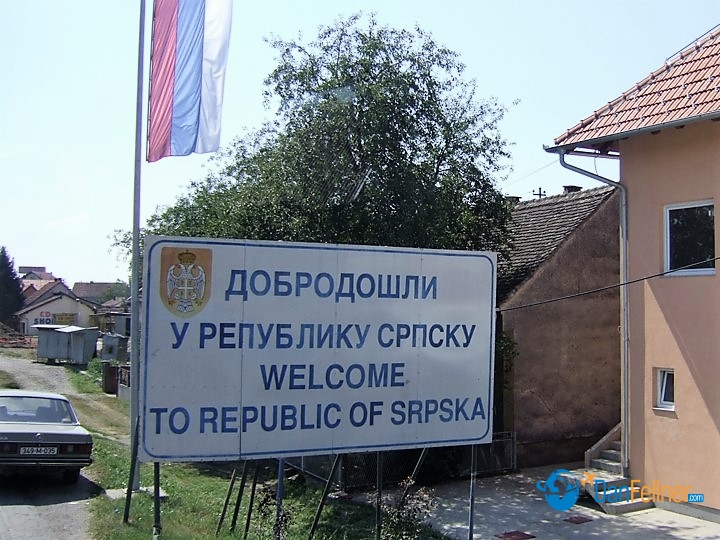Little-known Bosnian region acts like a country
The Arizona Republic — October 11, 2009
BANJA LUKA, Bosnia and Herzegovina — At first, I thought our bus driver had made a horribly wrong turn.

The red, blue and white-striped flag of the Republic of Srpska.
I was exploring the western Balkans and had left Belgrade, Serbia, a few hours earlier on a bus owned by Lasta, Serbia’s largest bus company. We had just crossed the border from Croatia into what I thought was Bosnia and Herzegovina.
But after the border police did a perfunctory check of our passports, I noticed a red-, blue- and white-striped flag above a sign in both Cyrillic and Latin letters welcoming us to the “Republic of Srpska.”
The Republic of what?
I took out my guidebook and read about this little-known pseudo-state that is now home to about a million-and-a-half people.
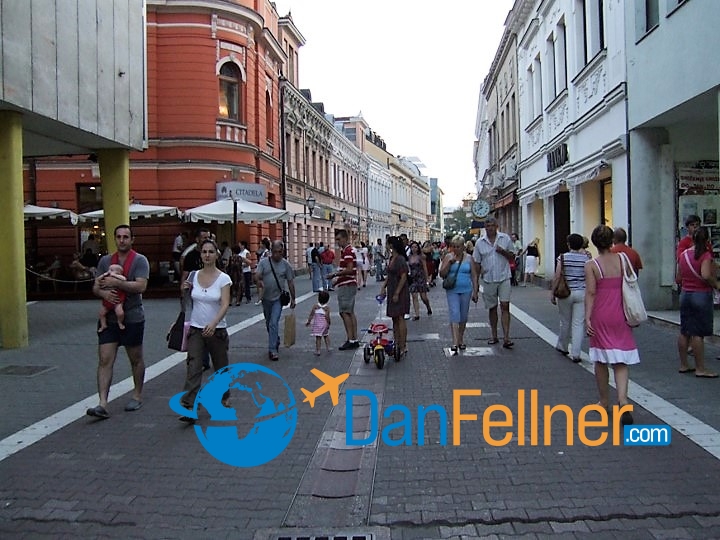
Veselina Maslese Street in downtown Banja Luka, the capital of the Republic of Srpska.
The Republic of Srpska is one of two political entities in Bosnia; the other is the Federation of Bosnia & Herzegovina. Srpska was created during the Bosnian war in the early 1990s after Yugoslavia imploded and Muslims, Serbs and Croats fought for control of the newly independent country of Bosnia and Herzegovina.
The war ended in 1995 when President Clinton helped negotiate what became known as the Dayton Agreement. It basically divvied up Bosnia into two equal-size regions: Bosnia and Herzegovina, where mostly Muslims and Croats now live, and Srpska, home to mostly Serbs.
Srpska has its own president, Milorad Dodik, its own parliament that levies taxes on its citizens, its own flag, a national anthem and even has quasi-embassies in several foreign countries.
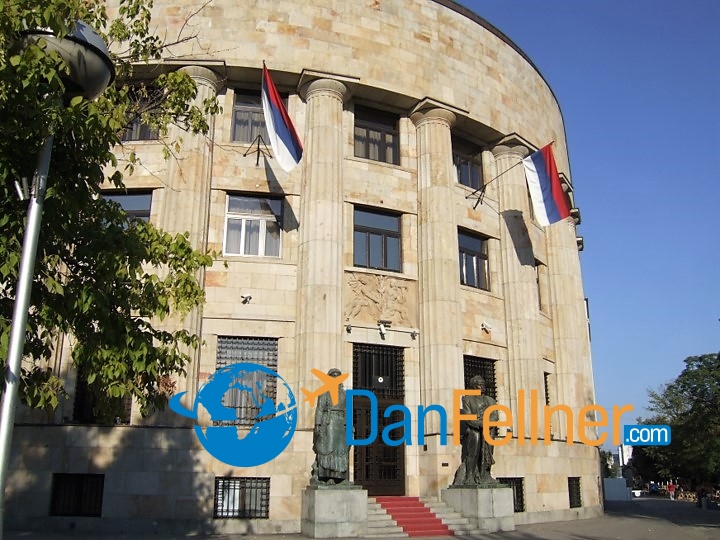
The Republic of Srpska’s “Palace of Republic,” where President Dodik works.
Its constitution says Srpska is a “territorially unified, indivisible and inalienable constitutional and legal entity that shall independently perform its constitutional, legislative, executive and judicial functions.”
In other words, even though it’s technically part of Bosnia, Srpska acts like a sovereign country.
After two hours of driving past cow pastures, cornfields and small villages anchored by Orthodox churches, our bus arrived in Banja Luka, Srpska’s pleasant-looking capital city of a quarter-million residents.

An Orthodox church in Banja Luka, Republic of Srpska.
I registered at the Hotel Bosna in the heart of downtown, and decided I wanted to go right to the center of power by visiting the main government building. Who knows, maybe I’d even catch a glimpse of Mr. Dodik, who was elected Srpska’s president in 2010.
I walked a few blocks from my hotel down Kralja Petra Street. There stood an attractive glass building with a red carpet leading to the front door. Near the entrance was the official crest of the Republic of Srpska.
Figuring I must be the first person on my block to visit Srpska, I wanted a picture to prove it. I took out my camera. Suddenly, a policeman bolted out of a guard tower in front of the building and started yelling at me. He was speaking Serbian, which I don’t understand a word of, but it was a pretty good bet he was telling me not to take pictures.
No wonder no one has heard of this place, I thought. They don’t exactly excel in public relations.
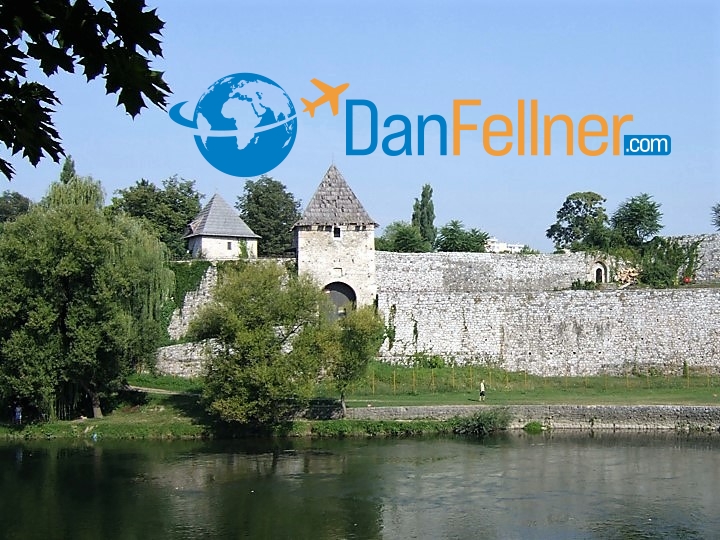
A 16th-century castle on the Vrbas River in Banja Luka.
I had much better luck at the official tourist office. There, I had a pleasant conversation with a young man named Zoran, who told me that even though the war ended some 15 years ago, people are still skittish in the region and the authorities don’t like visitors taking pictures of government buildings.
I wondered if Zoran felt like the Maytag repairman, with no customers to keep him occupied. Surprisingly, he told me more tourists are coming to Srpska every year, many from Western European countries. Hotels, restaurants and beer are a lot cheaper in Srpska than they are in Belgium or Germany.
In addition to the relatively low prices, visitors are attracted to Banja Luka for the adventure sports in the area. The Vrbas River, which cuts through the heart of town, is known for excellent whitewater rafting and kayaking. A 16th-century castle overlooking the river is a popular venue for summer music and dance festivals.
The next day I walked over to another government building, this one called the “Palace of Republic.” I was told this was the building where Srpska’s president worked. This time I discretely concealed my camera and was able to snap a photo without the police noticing.
I don’t know if Mr. Dodik was inside the building at his desk that day and I wasn’t about to ask.
It was getting dark as I walked over to Veselina Maslese Street, a pretty pedestrian-only promenade full of shops and cafes. The street was packed with the locals doing nothing more than walking and talking with their families and friends. It’s a popular Balkan custom called the korso, which is sort of like cruising down the main drag, only without the car.
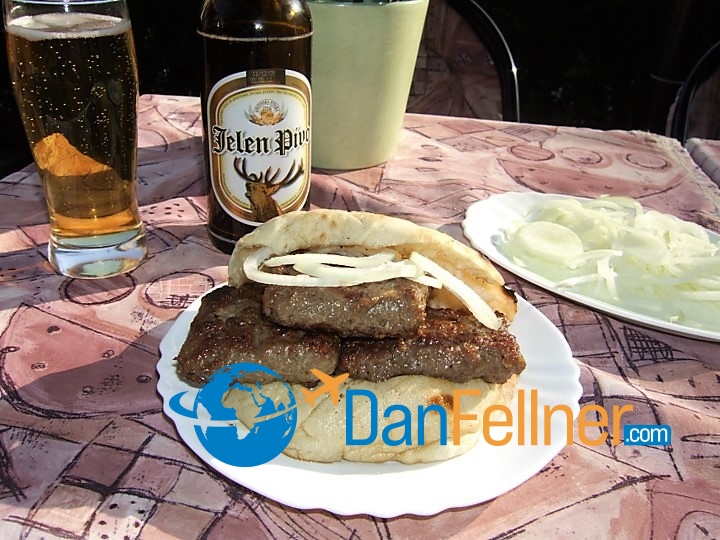
Dinner of Banjalucki cevap and Jelen beer in the Republic of Srpska.
For dinner, the front-desk clerk at my hotel suggested I try the local specialty called the Banjalucki cevap — patties of minced lamb and beef served on spongy bread with a plate of onions on the side. I ordered the “medium” portion, which I could barely finish, and washed it down with Jelen Pivo, a popular Serbian beer.
Before I left the Republic of Srpska to explore the Bosnian Federation, there was one last site I wanted to see. My guidebook mentioned there had once been a famous mosque in Banja Luka called Ferhat-Pasha, which was originally built in 1579 at a time when the Turks occupied the region.

Rebuilding the historic Ferhat-Pasha mosque, which was destroyed in 1993.
It apparently had been a beautiful mosque, even earning distinction as a UNESCO cultural-heritage site. But all 16 mosques in Banja Luka, including Ferhat-Pasha, were blown up during the Bosnian war in the early 90s, in which more than 100,000 soldiers and civilians died and an estimated 1.8 million people were displaced from their homes.
Zoran at the tourist office, though, had told me the mosque was being rebuilt. I found it, just a block from the castle.
Indeed, a construction crew was on-site and while much work still needs to be done, Ferhat-Pasha is slowly starting to take shape.
Perhaps it’s a hopeful sign that the scars from the Bosnian war are now healing and better times are ahead for the Republic of Srpska.


